How to Fix an Airlock in a Kitchen Sink Drain: A Step-by-Step Guide
Is your kitchen sink not draining properly? Follow these simple steps to fix the airlock in the drain and restore flow quickly.
While this might seem like a complicated plumbing problem, the good news is that fixing an airlock in your kitchen sink drain is easier than you think! You can restore the water flow and get your sink working properly by addressing a few common issues, like blockages or improper venting.
In this guide, we’ll walk you through the steps to clear an airlock and offer tips to prevent it from happening again. No more waiting for the water to drain—let’s get your kitchen sink back to normal!
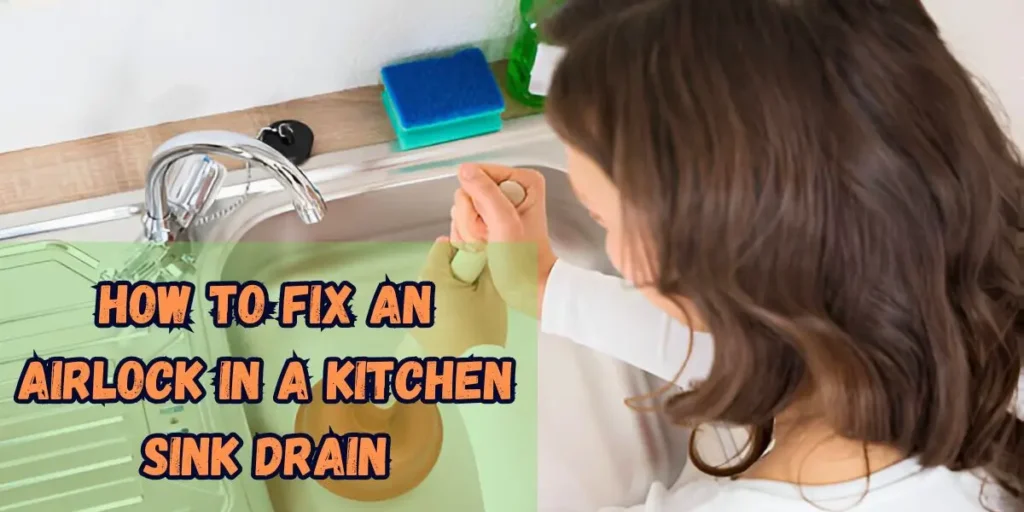
What Is an Airlock and How Does It Happen?
Fix an Airlock in a Kitchen sink drain can cause all sorts of problems. But what exactly is it, and how does it happen? Let’s explain.
What Is an Airlock?
An airlock occurs when air gets trapped in your pipes, preventing water flow. Typically, water flows through the pipes easily, but the trapped air creates a blockage that stops the water from draining quickly. This can lead to slow drainage, gurgling sounds, or water backing into your sink.
How Does It Happen?
Airlocks usually happen for a few reasons:
- Blocked Drains: Food particles or grease buildup in your kitchen sink can block the drain and create an airlock.
- Incorrect Pipe Installation: If the pipes are installed wrong, the air might get trapped, especially if the vent system is faulty.
- Vent Blockages: Your plumbing system needs vents to allow air to flow freely. If these vents are clogged or blocked, air can become trapped in the pipes, causing a slow drain.
While an airlock is a common plumbing issue, it’s usually easy to fix. Knowing what causes it can help you prevent future problems. Whether it’s debris in the pipes or blocked vents, you can address the issue quickly and get your kitchen sink working again.
Signs You Have an Airlock in Your Kitchen Sink Drain
If you’re wondering whether your kitchen sink is dealing with an airlock, there are a few common signs to look out for. Let’s go through them, step by step, so you can figure out if an airlock is the issue.
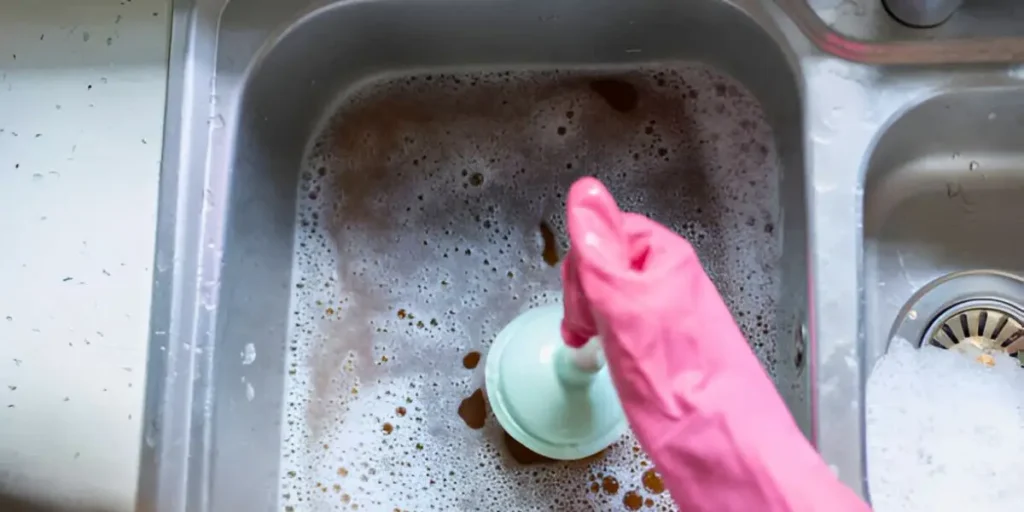
1. Slow Drainage
The most obvious sign of an airlock is when your sink drains very slowly. If the water takes longer than usual to disappear, it might be because air is trapped in the pipes, blocking the water’s path.
2. Gurgling Sounds
Have you ever heard strange gurgling or bubbling noises when water goes down the drain? These sounds are usually caused by trapped air moving through the pipes. It’s a clear sign that the drain is not functioning correctly.
3. Water Backing Up
Sometimes, water might start backing into your sink instead of draining away. This happens when the airlock is blocking the flow of water completely. It can be frustrating, especially when you’re trying to wash dishes.
4. Foul Odors
When water doesn’t drain properly, it can sit in the pipes longer than usual. This leads to stagnant water, which can start to smell. If you notice foul odors coming from your kitchen sink, it could indicate that air is causing drainage problems.
5. No Drainage at All
In the worst-case scenario, you might find that the water doesn’t drain at all. The sink could fill up with water and refuse to go down. This is a strong indicator that you have a serious airlock issue.
By keeping an eye out for these signs, you can quickly identify when your sink has an airlock and take action to fix it before the problem gets worse.
Tools and Materials You’ll Need
To fix an airlock in your kitchen sink, you don’t need a lot of fancy tools. Here’s a simple list of what you’ll need:
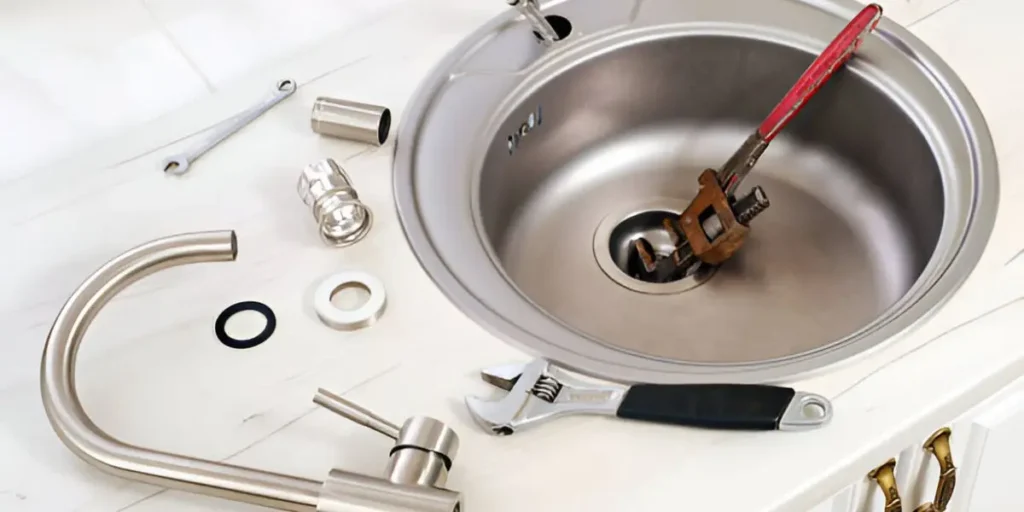
Essential Tools:
- Plunger: Great for dislodging airlocks and clearing minor blockages.
- Bucket: To catch any water that might spill when working on the drain.
- Wrench: Useful if you need to loosen any pipes or connections.
- Pipe Cleaner: Helps clear small debris that might be blocking the pipes.
- Drain Snake: A flexible tool to reach deep into the drain and break up blockages.
Optional Tool:
- Wet/Dry Vacuum: If the airlock is stubborn, a damp/dry vacuum can help suck out debris or water from the drain.
Step-by-Step Guide: How to Fix an Airlock in Your Kitchen Sink Drain
Fix an airlock in your kitchen sink doesn’t have to be complicated. You can get your sink draining correctly again by following a few simple steps. Here’s a complete step-by-step guide to help you.
Step 1: Turn Off the Water Supply
Before you start, turn off the water supply to your kitchen sink. Locate the shut-off valves under the sink. This will prevent leaks or water flow while you work on the drain.
Step 2: Clear the Area Around the Sink
To avoid any mess, it’s a good idea to clear the area around your sink. Move any items off the counter, and ensure you have a bucket handy to catch any water that may spill out of the pipes during the process.
Step 3: Use a Plunger to Release the Airlock
The plunger is your first tool to try. It’s simple, but it can be very effective.
- Place the plunger over the drain, ensuring it covers the opening completely.
- Push the plunger down gently to create a seal around the drain.
- Pull the plunger up quickly, then push down again with force. Repeat this motion about 10-15 times.
- The plunger’s pressure can help push the trapped air out and get the water flowing again.
Check the sink to see if the water is draining faster. If it’s still slow, don’t worry—there are other methods to try.
Step 4: Try a Drain Snake if Needed
If the plunger doesn’t work, try a drain snake. This flexible tool is designed to reach deep into pipes and break up stubborn blockages.
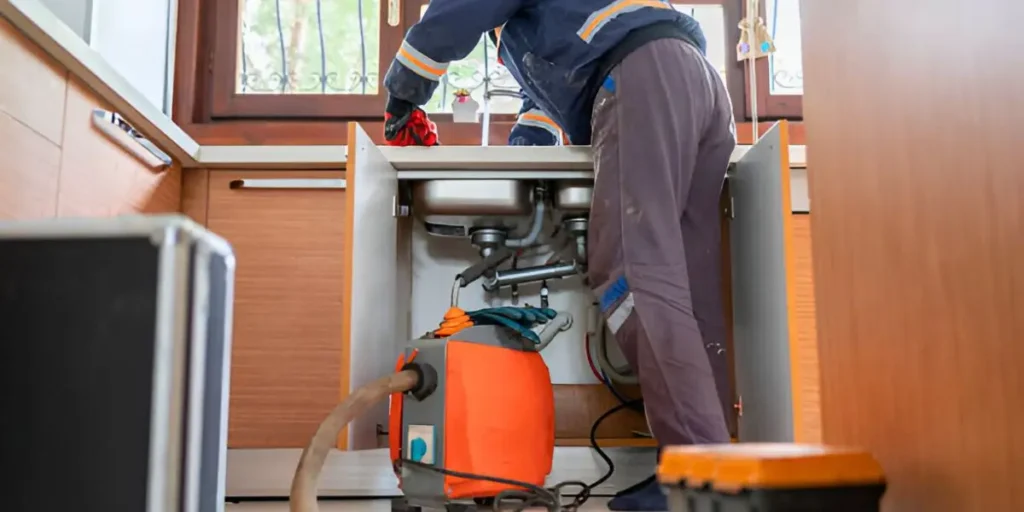
- Insert the end of the drain snake into the drain. Slowly feed it into the pipe, turning the handle as you go.
- Once you feel resistance, you’ve likely reached the airlock or a blockage. Gently push the snake forward to break through the obstruction.
- When the snake moves freely, slowly pull it back out. This should clear the trapped air or debris.
After using the drain snake, recheck the sink. If water starts draining more quickly, you’ve successfully removed the airlock!
Step 5: Check the Vent System
Sometimes, the problem isn’t just the drain. The vent system, which allows air to flow through the pipes, could be blocked. If the airlock continues to cause slow drainage, it’s worth checking the vent system.
- Locate the vent pipe. This is usually located on the roof or in the walls of your home.
- Check for any visible blockages, like leaves or debris that could obstruct the airflow.
- If you find anything blocking the vent, carefully remove it. A quick rinse with water can help ensure the vent is clear.
A blocked vent can be the leading cause of an airlock, so clearing it might permanently fix the problem.
Step 6: Use a Wet/Dry Vacuum for Stubborn Airlocks
A wet/dry vacuum might help if you still have drainage trouble. This tool is great for sucking out debris or water that’s stuck in the pipes. It can work wonders for stubborn airlocks.
- Set up the wet/dry vacuum near the sink.
- Attach the hose to the drain or the pipe directly.
- Turn on the vacuum and let it suck out any trapped water, debris, or air from the drain.
- After a few minutes, check the sink. The water should begin draining correctly.
This step is beneficial for persistent or particularly tough airlocks.
Step 7: Flush the Drain with Hot Water
Once you’ve cleared the airlock and the water is flowing freely again, it’s time to flush the pipes. Pouring hot water down the drain can help clear out any remaining debris or build-up that could cause future blockages.
- Boil a kettle of water and carefully pour it down the drain.
- Let the water flow for a few minutes to ensure the pipes are clear and the airlock is wholly gone.
Flushing with hot water is a good preventive measure to keep pipes in excellent condition and prevent airlocks from reoccurring.
Step 8: Test the Drainage
After completing all the steps, test your sink. Please turn on the water and let it run for a few. You’ve successfully fixed the airlock after. If the water drains quickly and without an airlock. If the problem persists, call a plumber to inspect your system for more serious issues.
Tips for Preventing Future Airlocks
Fix an Airlock in your kitchen sink can be a hassle, but you can prevent them from reoccurring with a few easy steps. Here’s how to keep your drains clear and your sink working smoothly.
1. Regular Drain Maintenance
One of the best ways to prevent airlocks is by maintaining your sink drain regularly. Over time, grease, soap, and food particles can build up inside the pipes. This creates blockages that make it easier for air to get trapped, leading to an airlock.
How to Maintain Your Drain:
- Clean the drain regularly: To clear minor blockages, use a mixture of baking soda and vinegar. Pour the baking soda first, then the vinegar. Let it sit for 15–20 minutes, then flush with hot water.
- Avoid chemical drain cleaners, as they can damage your pipes. Instead, use safe and effective natural cleaning methods.
2. Use a Sink Strainer to Catch Food Scraps
Food scraps are one of the main culprits behind clogged drains. Even small pieces of food can build up, leading to blockages that trap air and create airlocks.
Why You Need a Strainer:
- A sink strainer catches food scraps, preventing them from going down the drain. It’s a simple tool that saves you from a lot of trouble.
- After each use, empty the strainer and rinse it clean to keep it working effectively.
3. Ensure Proper Pipe and Vent Installation
Airlocks often occur due to issues with the installation of your plumbing system. If the pipes aren’t set up correctly or the vents are blocked, water and air can’t flow as they should, trapping air in the pipes.
What You Can Do:
- Check the slope of your pipes: Pipes should be slightly angled downward, allowing water to flow freely. Improperly angled pipes can slow down drainage and cause air to get stuck.
- Hire a professional plumber: If unsure about the installation, have a plumber inspect your pipes and vents. Proper installation from the start will save you a lot of trouble in the long run.
4. Check and Clean the Vent System
The vent system in your plumbing is just as important as the pipes. Vents allow air to flow through the pipes, preventing pressure from building up. If the vent pipes are blocked, air can get trapped, causing an airlock.
Related post: Apartment Kitchen Sink Backup
How to Insulate Under Kitchen Sink
How to Fix a Leaking Sink Drain
How To Snake A Kitchen Sink Drain Roots
When to Call a Professional
While many airlock issues can be fixed with DIY methods, there are times when calling a professional plumber is the best option. Here are a few signs that it’s time to bring in the experts:
1. Persistent Problems
If the airlock keeps returning despite your efforts, it could be a sign of a deeper issue. A professional plumber can locate the root cause and fix it for good.
2. Complex Issues
Call a plumber if you suspect a significant blockage or faulty pipe installation causes the airlock airing. These problems often require specialized tools and knowledge.
3. Lack of Time or Tools
If you don’t have the time, tools, or confidence to handle the issue, a professional can quickly and efficiently solve the problem without further complications.
Conclusion
Fixing an airlock in your kitchen sink drain isn’t as difficult as it may seem. With the right tools, patience, and a clear plan, you can get your sink draining like new again. By following the steps we’ve outlined, you should be able to tackle the issue and avoid future problems confidently.
You should notice a significant improvement if you’ve worked through the process. Your kitchen sink will return to its usual efficient self in no time!
FAQs
An airlock in a kitchen sink drain occurs when trapped air prevents water from draining properly. This can lead to slow drainage or a complete blockage.
Airlocks are typically caused by clogged pipes, improper venting, or a sudden change in water pressure. This results in air being trapped, which affects the normal flow of water.
Signs of an airlock include slow drainage, bubbling noises, or water backing up in the sink. If water drains slowly but consistently, an airlock is likely present.
To fix an airlock, try running hot water down the drain, using a plunger, or disconnecting the pipes to release trapped air. If this doesn’t work, call a plumber.
Yes, using a plunger can help remove airlocks. Cover the overflow hole and plunge gently to avoid damaging the drain pipes while releasing the trapped air.
Yes, a clogged drain can cause an airlock. Blockages prevent proper water flow, which can trap air in the pipes, leading to an airlock that hinders drainage.
If DIY methods don’t solve the problem or if the airlock persists, it’s best to call a plumber. They can inspect the pipes and address any underlying issues like venting problems.
Related Posts
-
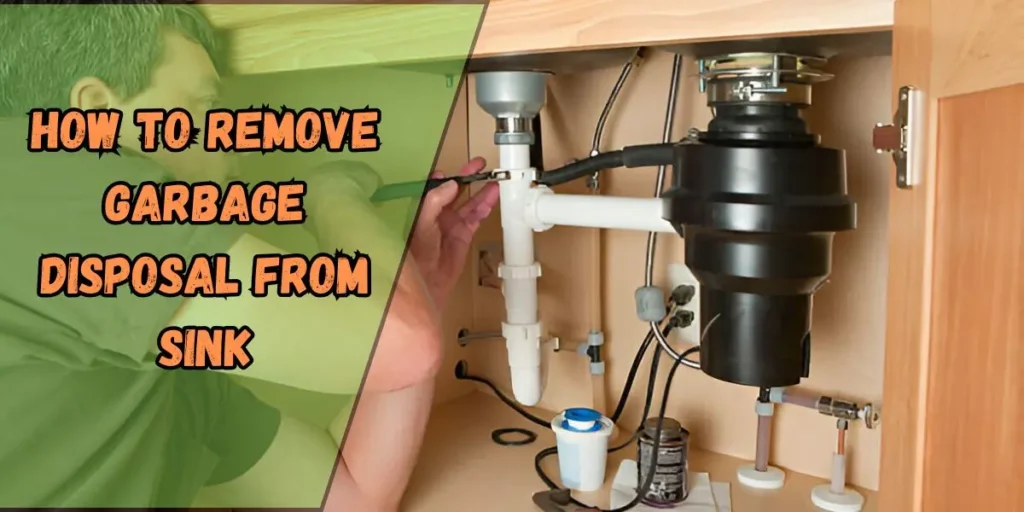 03 Jan 2025 SinkLearn How to Remove Garbage Disposal From Sink 2025
03 Jan 2025 SinkLearn How to Remove Garbage Disposal From Sink 2025 -
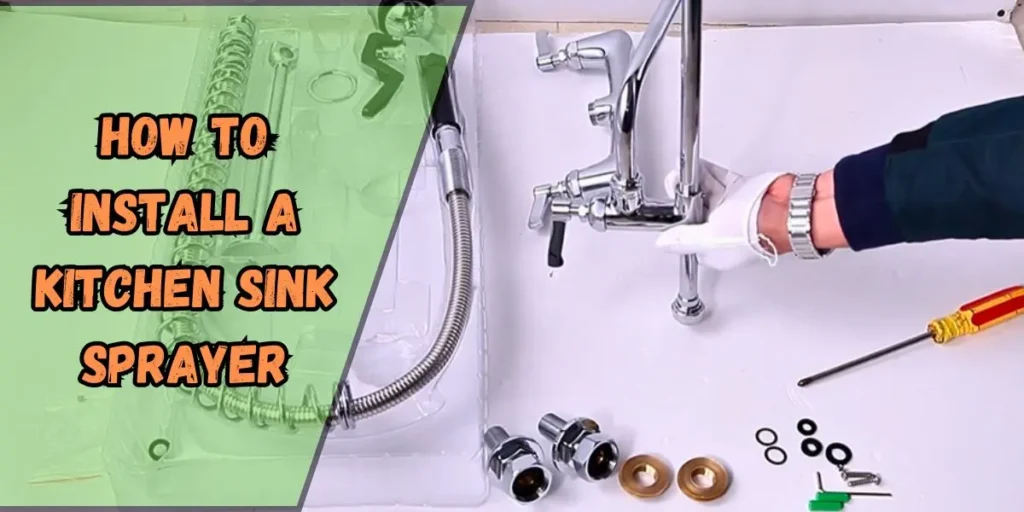 03 Jan 2025 SinkHow to Install a Kitchen Sink Sprayer in Simple Steps 2025
03 Jan 2025 SinkHow to Install a Kitchen Sink Sprayer in Simple Steps 2025 -
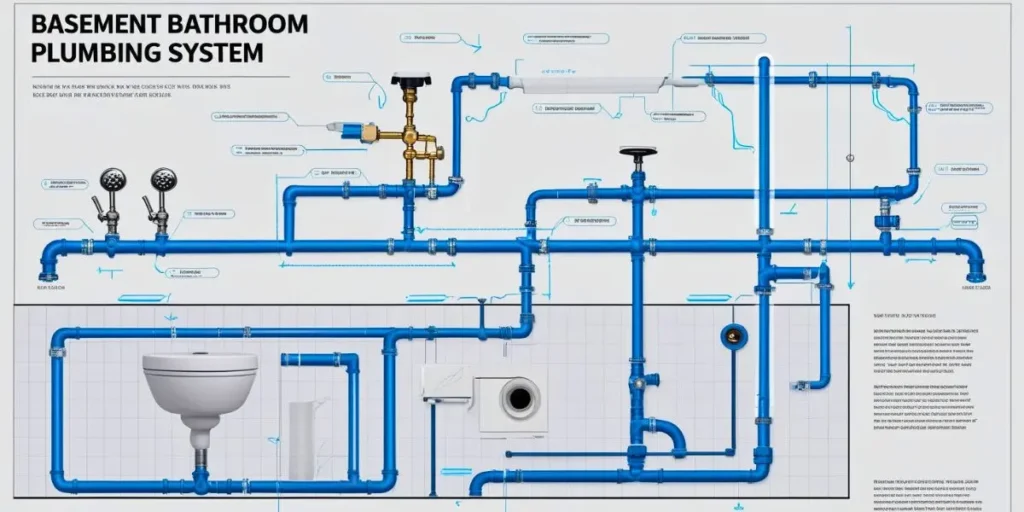 30 Dec 2024 RemodelSimple & Effective: Basement Bathroom Plumbing Diagram
30 Dec 2024 RemodelSimple & Effective: Basement Bathroom Plumbing Diagram -
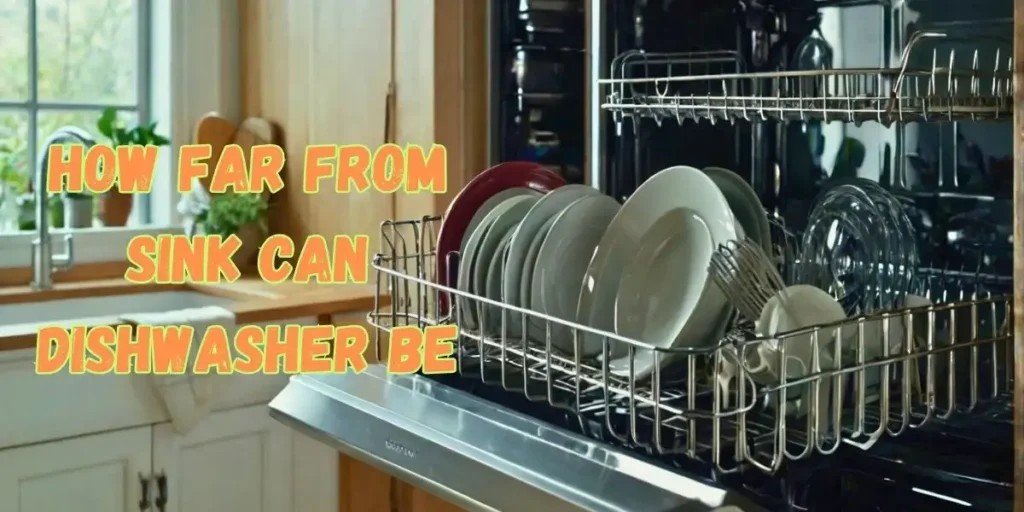 30 Dec 2024 SinkHow Far from Sink Can Dishwasher Be? Key Facts Explained
30 Dec 2024 SinkHow Far from Sink Can Dishwasher Be? Key Facts Explained -
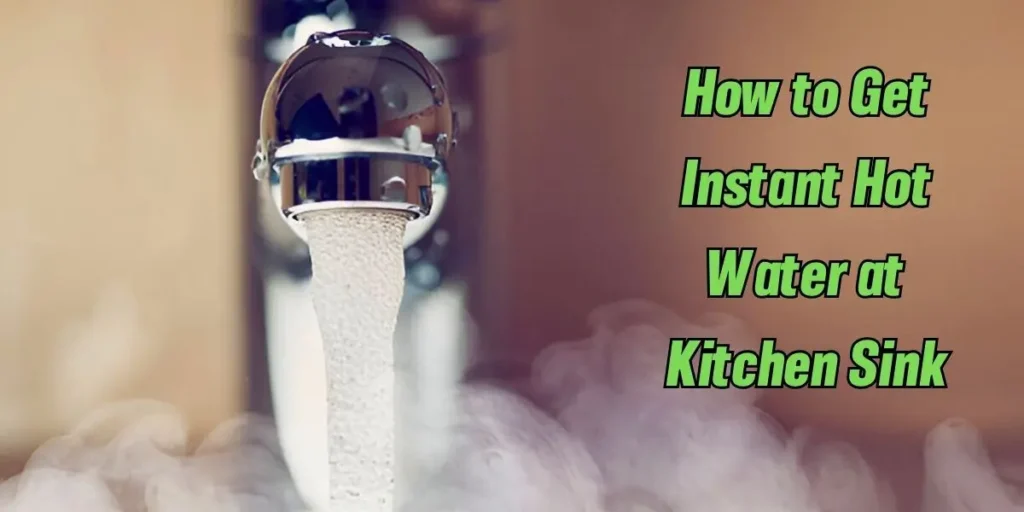 29 Dec 2024 SinkHow to Get Instant Hot Water at Kitchen Sink
29 Dec 2024 SinkHow to Get Instant Hot Water at Kitchen Sink -
 28 Dec 2024 SinkHow to Fix an Airlock in a Kitchen Sink Drain: A Step-by-Step Guide
28 Dec 2024 SinkHow to Fix an Airlock in a Kitchen Sink Drain: A Step-by-Step Guide -
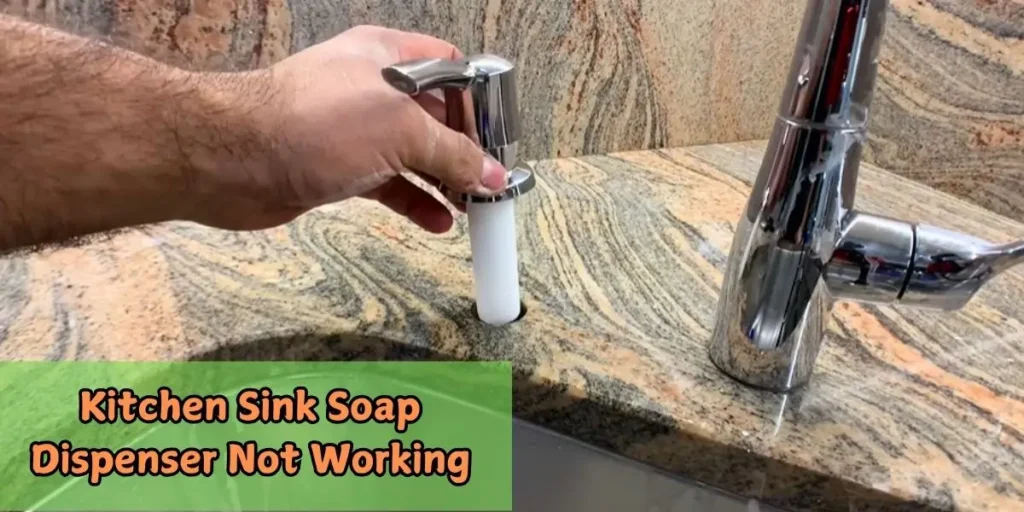 27 Dec 2024 SinkKitchen Sink Soap Dispenser Not Working? Here’s How to Fix It
27 Dec 2024 SinkKitchen Sink Soap Dispenser Not Working? Here’s How to Fix It -
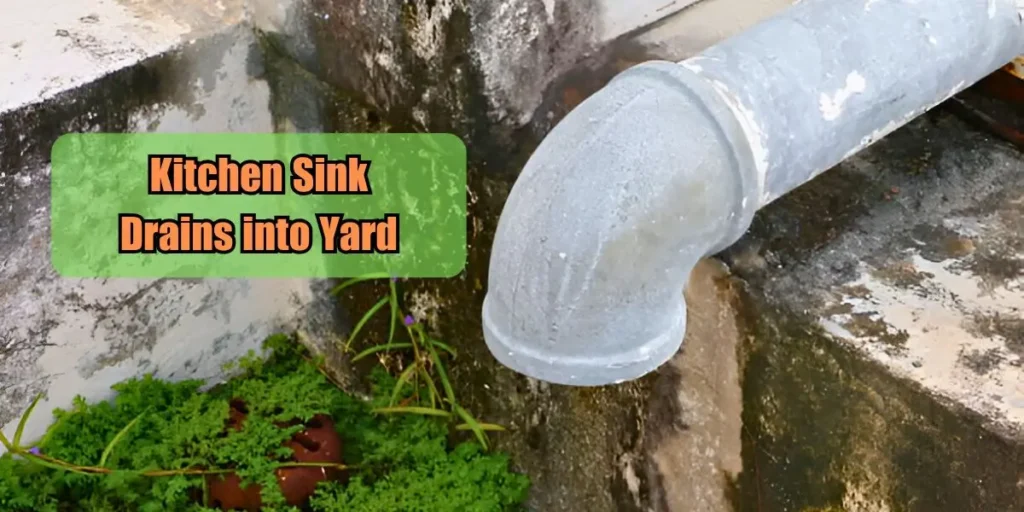 26 Dec 2024 SinkKitchen Sink Drains into Yard: Causes, Solutions
26 Dec 2024 SinkKitchen Sink Drains into Yard: Causes, Solutions -
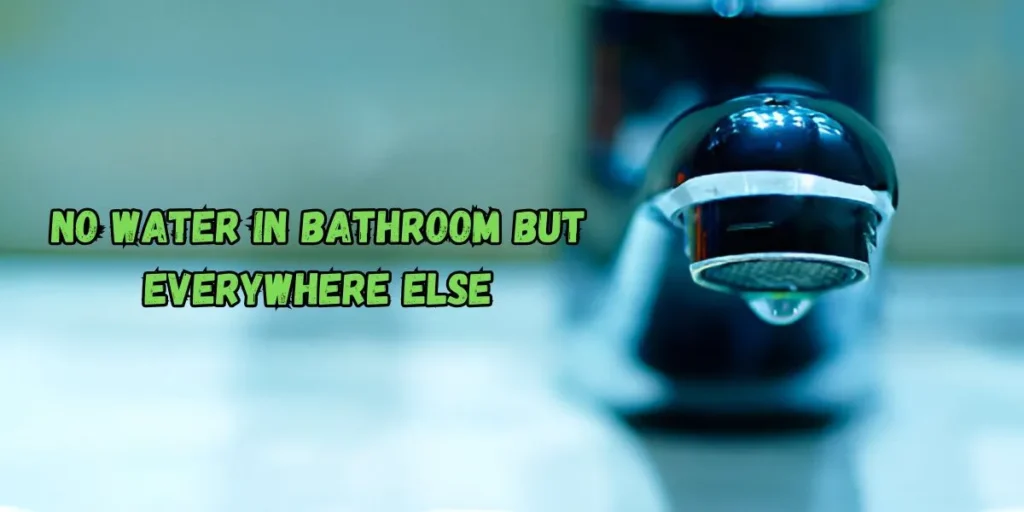 26 Dec 2024 SinkNo Water in Bathroom but Everywhere Else: Expert's Solutions
26 Dec 2024 SinkNo Water in Bathroom but Everywhere Else: Expert's Solutions -
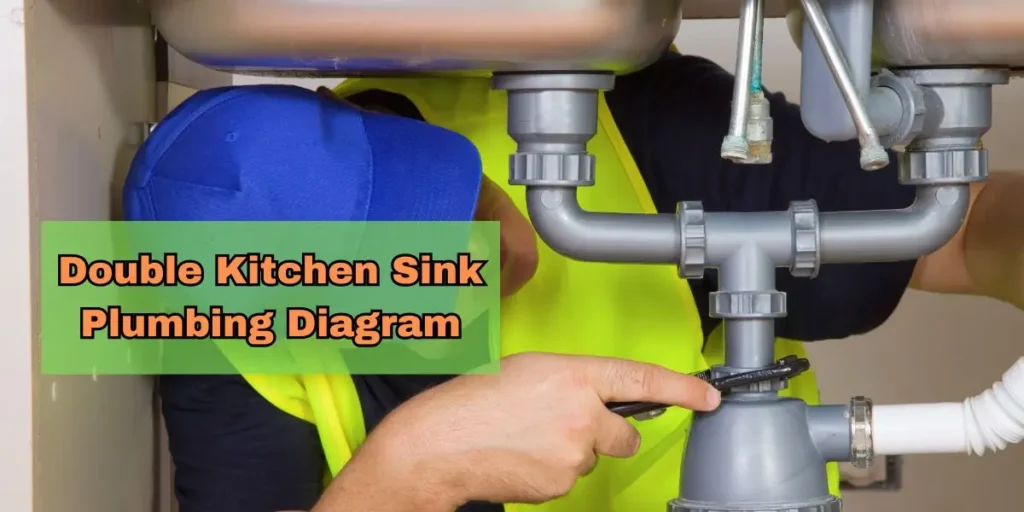 26 Dec 2024 SinkDouble Kitchen Sink Plumbing Diagram: A Visual Guide
26 Dec 2024 SinkDouble Kitchen Sink Plumbing Diagram: A Visual Guide

